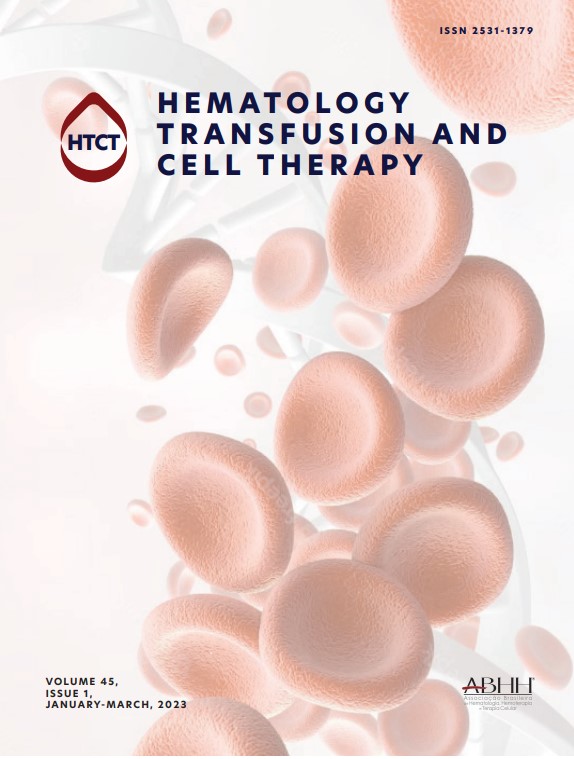Aims: Describe outcomes of patients with suboptimal responses to therapeutic plasma exchange (TPE). Methods: In this post hoc analysis of the HERCULES (NCT02553317) intent-to-treat population (caplacizumab: n = 72; placebo: n = 73), we identified patients with a suboptimal response to daily TPE, defined by decreasing platelet counts and increasing lactate dehydrogenase (LDH) after initial but nonsustained partial improvement of platelet count and LDH during daily TPE. Baseline disease characteristics (previous TTP episodes, platelet count, cardiac troponin, LDH, serum creatinine, disease severity) and treatment outcomes (time to platelet count response, time to stop daily TPE, death, exacerbation) were descriptively summarized. Results: No patient in the caplacizumab group and 8 patients (11%) in the placebo group demonstrated a suboptimal response to TPE. Their median time to achieve platelet count response was 10.88 days and median time to stop daily TPE 13.5 days, compared with 2.88 and 7.00 days, respectively in the overall HERCULES placebo group. One patient had worsening TTP that led to coma and death. Subsequent exacerbations were reported in 5/8 patients (63%). Conclusions: These results show the unpredictability of suboptimal responses to TPE, which can be fatal, and which were not observed in the caplacizumab group. This highlights the importance of the fast and sustained protective response observed with caplacizumab treatment in patients with aTTP. Data first presented at ISTH 2020, 12th-14th July 2020. Study sponsored by Ablynx (a Sanofi company).
O fator de impacto mede o número médio de citações recebidas em um ano por trabalhos publicados na revista durante os dois anos anteriores.
© Clarivate Analytics, Journal Citation Reports 2025
O CiteScore mede as citações médias recebidas por documento publicado. Mais informação
Ver maisSJR é uma métrica de prestígio baseada na idéia de que todas as citações não são iguais. SJR utiliza um algoritmo similar ao page rank do Google; é uma medida quantitativa e qualitativa ao impacto de uma publicação.
Ver maisSNIP permite comparar o impacto de revistas de diferentes campos temáticos, corrigindo as diferenças na probabilidade de ser citado que existe entre revistas de distintas matérias.
Ver mais





